Contributed by: Bray Controls Andina, a subsidiary of Bray International, Inc.
Fire Save Valves: What are they and what are they for?
Safety is a determining factor when selecting a valve. Thanks to the experience attained by Bray over the years, today we have a portfolio of products that ensure reliability under the most demanding operational conditions. The risk of fire exists for all kinds of production plants, but there are certain industries and processes that, due to their nature are more exposed to this type of emergency. Companies need valves that help reduce risk and control dangerous situations. We will address the issue from the perspective of the API (American Petroleum Institute) standards, recognized worldwide as the standard to determine if a valve fulfills its Fire Safe function.
This writing is not intended to be a treatise on Fire Safe valves, and we recommend that if anyone is interested in delving into the subject, they turn to the full study of API standards and specialists. However, as valve manufacturers and connoisseurs of some processes – directly involved in developing the standards – we have the knowledge and experience to share our opinion on this matter. What we intend is to share this experience and open communication with you to inquire about a specific topic that you consider pertinent.
Fire Safe Valves are designed and built to provide resilience in the event of a fire …

When it comes to Fire Safe valves, it is important to differentiate a valve with a Fire Safe design from a valve that has been tested and certified to operate under those conditions. Fire Safe Valves are designed and built to provide resilience in the event of a fire accident – ensuring sealing and operational performance – allowing them to continue their function of retaining fluid in the pipeline after being exposed to this emergency condition. To be considered Fire Safe, manufacturers have to test the design under strict guidelines. Bray Fire Safe valves have been tested and certified by an accredited certification body and are guaranteed to seal after having been subjected to the procedures established by the norm and standards.
There are several organizations such as ISO, API, BS, EN, among others, that have procedures to perform a fire test on Fire Safe valves; these tests may vary slightly in their method and specifications. Bray valves are certified under API (American Petroleum Institute): API 607, API 6FA, and API 6FD. For a valve to have one of these certifications, it must pass the Fire Test designed for the applicable standard. In this test, the valves are exposed to defined fire conditions within the limits of acceptability established for each valve model, diameter ranges, and materials, under pressure.
Fire Safe valves are generally used in processes where the fluids present in the operation, both internal and external, are flammable, or when there is a classified area in the plant where there is a potential danger of fire that can compromise the safety of personnel, the environment, and facilities. These types of valves are ideal and commonly used in fuel pumping and distribution systems, reception, or dispatch terminals for flammable products. Reliable fire protection is essential for industries with sensitive applications. Fire Safe valves are required for different processes in the Oil & Gas, Petrochemical and Chemical Industries; and any industry that handles flammable fluids where a reliable and safe closure is required.
Which standards guide Bray Valves?
The standards for testing and certifying the design of Fire Safe Valves were born more than 50 years ago: however, to date, there have been many important developments of the standards.
Within API there are different standards depending on the type of valve:
- API 607, 7th ed.: Fire Test for Quarter Turn Valves and Valves Equipped with Non-Metallic Seats (ISO 10497 Equivalent)
- API 6FA, 3rd ed.: Fire Test for Valves
- API 6FB, 3rd ed.: Fire Test specification for end connections
- API 6FC, 4th ed.: Fire Test specification for valves with Automatic backseat
- API 6FD, 1st ed.: Fire Test for Check Valves
API 607 is issued by the API Downstream segment for Refineries and Facilities (production plants). The API 607 standard is written by Subject Matter Expert (SME) Engineers from end users and manufacturers, and its scope has varied over the years. In the fourth edition of API 607 the standard covered soft seat quarter turn valves. In the seventh edition, the coverage changed to “quarter turn valves and other non-metallic seated valves”. API 607 certifications are for intermediate sizes and only certified with manual operators.
The third edition of API 6FA has been in effect since 1999. The standard was written to test API 6A (Standard for Christmas Tree Valves and Wellhead Equipment) and API 6D (Standard for Conveyor Line Valves) valves.
 The test parameters are similar to API 607 but applied to non-soft seat valves, the major difference between the operational test procedure that is performed after the valve cool-down period. Therefore, the joint 607/6FA rating can sometimes be achieved with additional tests at the end. API 6FA is mostly used for metal seated products including ball, gate, and globe valves.
The test parameters are similar to API 607 but applied to non-soft seat valves, the major difference between the operational test procedure that is performed after the valve cool-down period. Therefore, the joint 607/6FA rating can sometimes be achieved with additional tests at the end. API 6FA is mostly used for metal seated products including ball, gate, and globe valves.
API 6FD is the specific standard for check valves and has a single edition published in 1995. The standard is very similar to API 6GA; the variation is found after the cooling period, since in an API 6FGA test the valve is operated open and closed, while in the test of a check valve, the direction in which the fluid is going is reversed to check its operation.
Test Overview
The fire test verifies that the valve seats and gaskets have an internal seal with the minimum leakage allowed during a fire. An API fire test consists of closing the valve completely in a pressurized environment with a water line, where it is subjected for a period of 30 minutes to fire with temperatures whose range varies depending on the test (API 607 handles a range between 750°C and 1000°C) – until the valve body reaches a temperature of 650°C or more. The goal is to completely envelop the burning valve to ensure that the seat and sealing areas are exposed to high temperature. The intensity of the heat input is controlled with thermocouples and calorimetry cubes. After testing, the valve must be able to go through at least one full open and close cycle. In those 30 minutes, it is measured to ensure that emissions do not exceed the maximum allowed.
As an example, a McCannalok double offset butterfly valve was tested using a size of NPS 8 (DN 200). According to the API 607 standard, maximum allowable seat leakage is 800mL/min during low pressure heating, and 320mL/min during cooling. Our McCannalok valve tested at 0.0mL/min during both, heating and cooling stages.

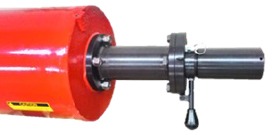
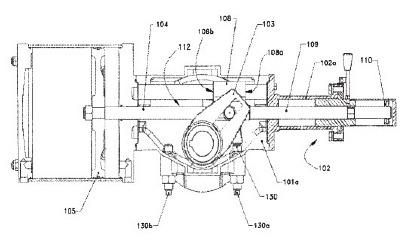
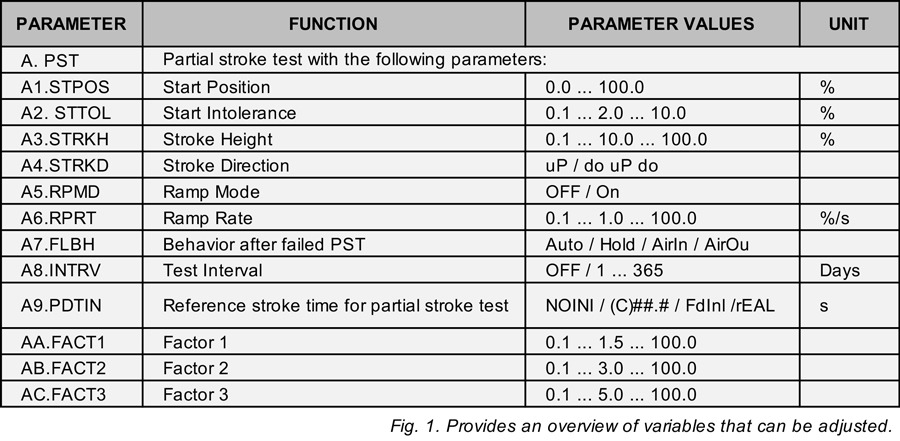
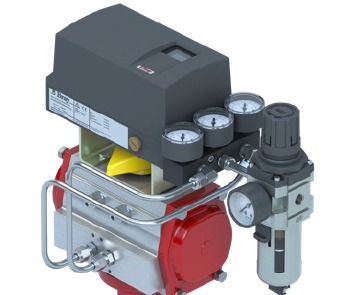
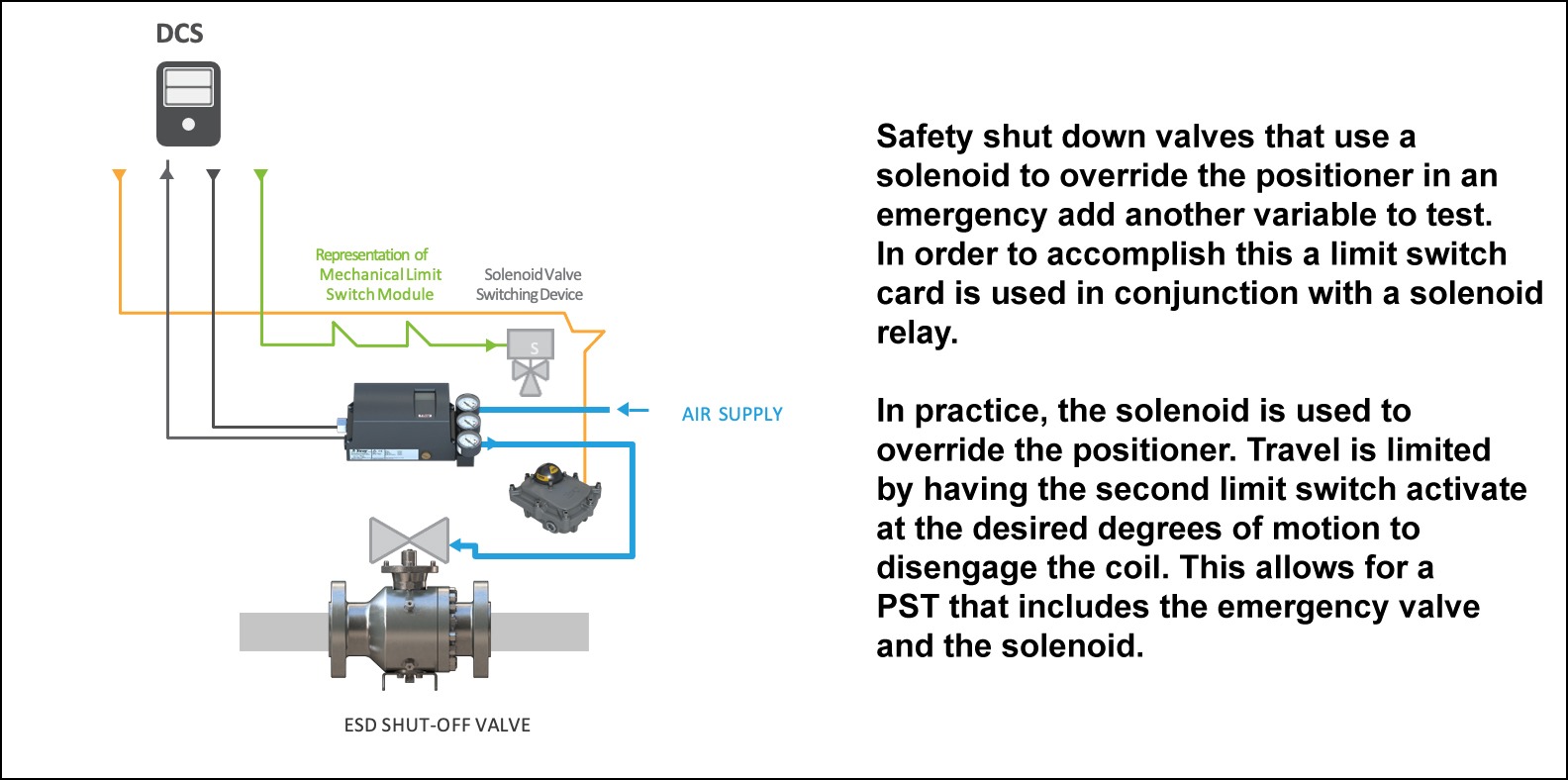
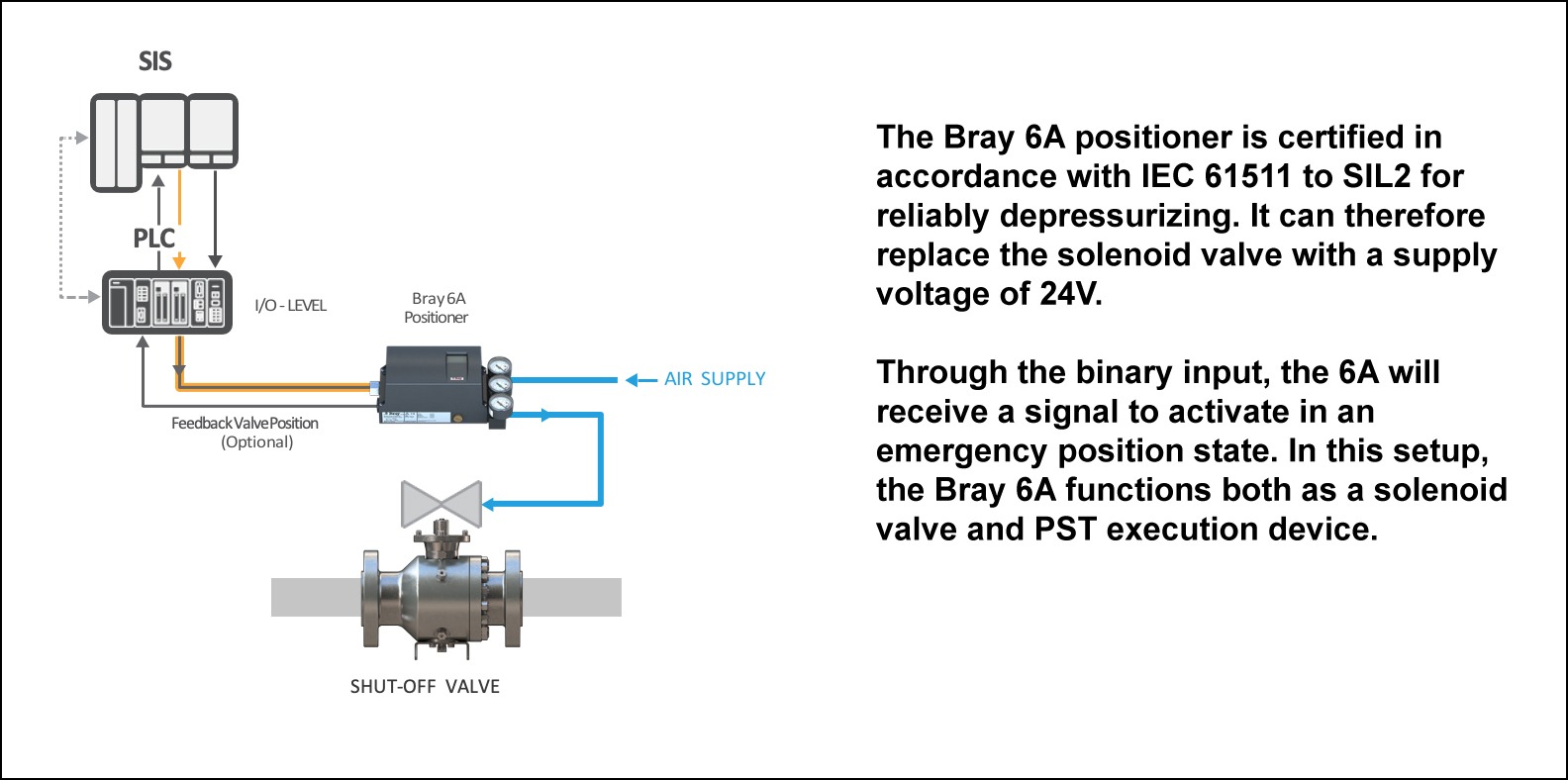
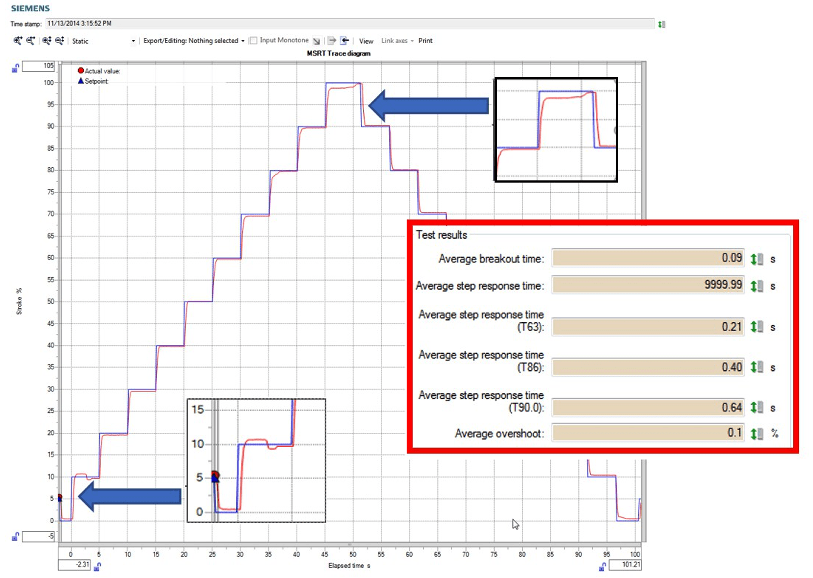


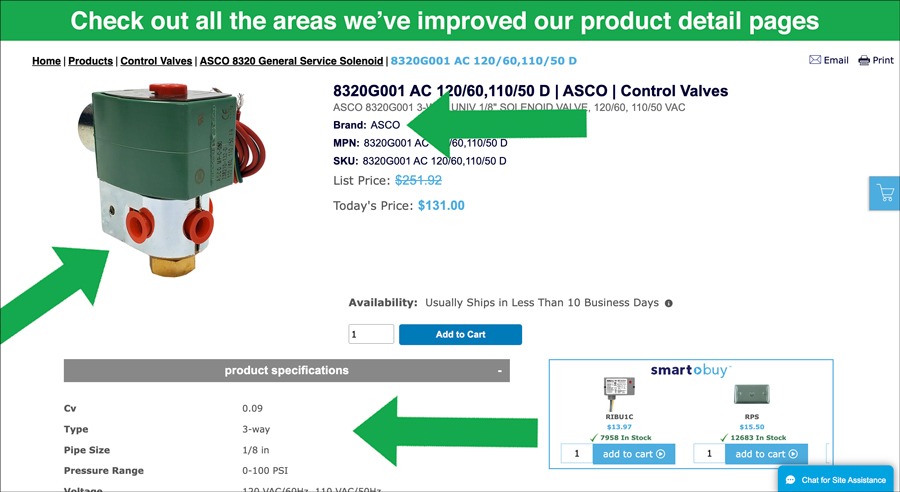
 A
A  A Globe Valve is comprised of a linear travel plug which fits into a seat enclosed within a spherical body, which is where it gets its name. The flow is adjusted by moving the plug up or down, in proximity to the seat. When fully closed, the plug seals off the flow. Globe Valves are used in HVAC systems to regulate, throttle, or isolate flow. They are especially useful when precise flow control is needed, such as in hot water heating systems, steam systems, or in chillers where modulating flow is important for system performance.
A Globe Valve is comprised of a linear travel plug which fits into a seat enclosed within a spherical body, which is where it gets its name. The flow is adjusted by moving the plug up or down, in proximity to the seat. When fully closed, the plug seals off the flow. Globe Valves are used in HVAC systems to regulate, throttle, or isolate flow. They are especially useful when precise flow control is needed, such as in hot water heating systems, steam systems, or in chillers where modulating flow is important for system performance.